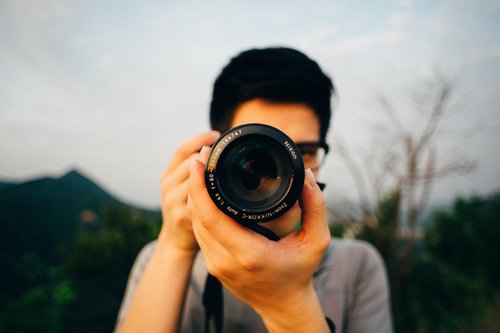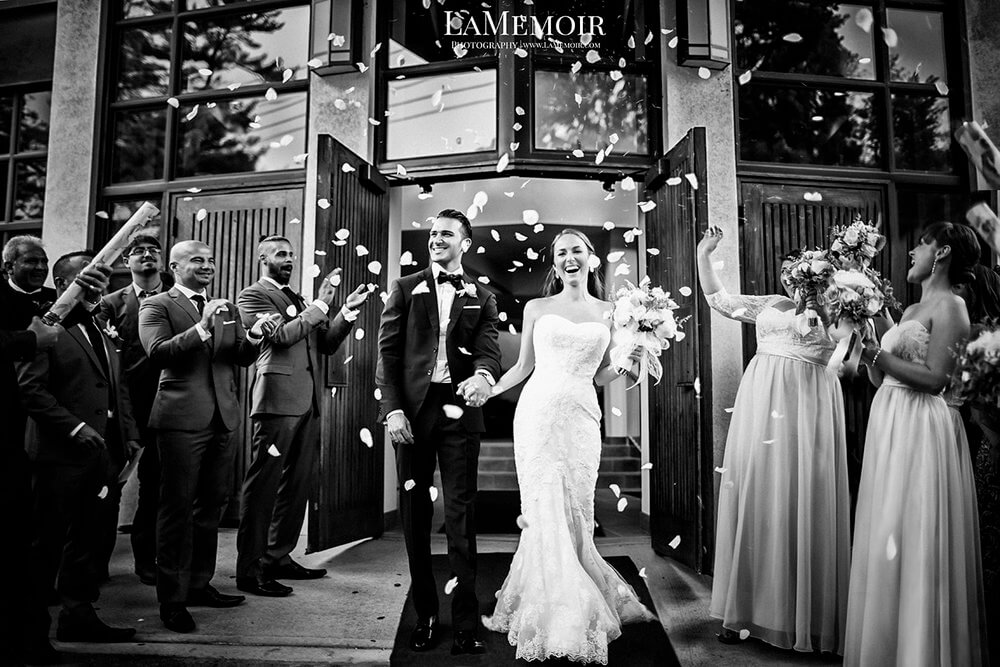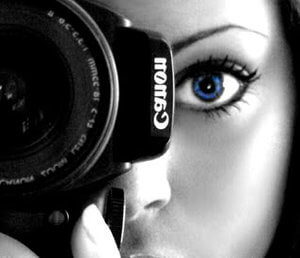Camera Bag Essentials
So you’ve got your fancy digital SLR camera and a few new lenses to play around with?
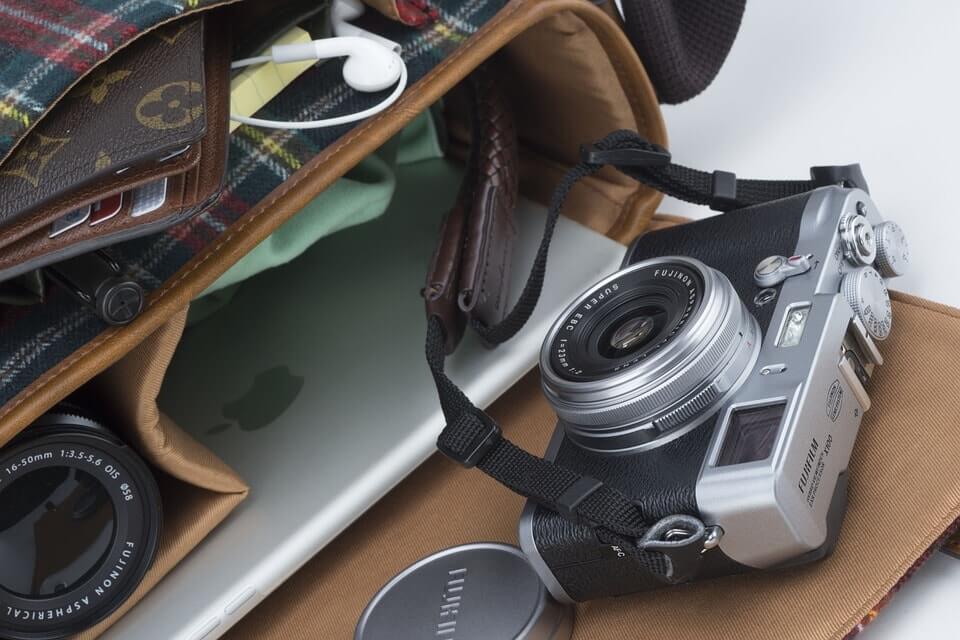
As a professional, making a living off photography and videography, here are some essentials you should include in your camera bag:
White Index Card and Rubber Band
One of the biggest mistakes amateur photographers make is using a flash pointed directly at their subjects. This casts a flat light over the entire image and destroys details and subtleties of ambient light, which really make the photograph.
If you are shooting with an SLR, it is worth it to invest in a professional flash unit which slides into the shoe on the top of the camera (above the pop-up flash). These flash units have pivoting heads for a reason. Never point the flash directly at your subject.
The best, most flattering lighting, is when you bounce the light onto your subject from an angle. There are two ways to do this. The easiest is to adjust the flash so it points at a 45 degree angle (almost toward the ceiling).
In most indoor locations, the ceilings and walls are light colored or even white. When your flash fires, it will bounce the light from the ceiling or side walls back onto your subject’s face, giving a more natural tone.
In some cases, the ceiling is too high and will not allow for this. For these cases, attach the white card with the band so it sticks up behind the flash unit. Doing this will cause some of the light to bounce off the “backwall” of the index ward and onto your subject’s faces without overexposing them.
Every professional photographer I have ever met keeps an index card in his bag. Some flashes now come with little white “filters” that slide into the top of the flash and may be pulled out, but these aren’t always large enough to give the right effect.
Photographer’s Notebook and Pen
This is especially essential for the journalistic photographer to have in his or her camera bag. Without a proper ID of a subject, even the most amazing photo can never be printed.

Keep good IDs on all your photographs, in case you ever have the chance to sell them to a publication. Make sure you repeat the spellings on the names (never assume, even simple names have strange spellings), get ages and any special information that could make for an interesting caption.
If you wish to pursue stock photography, keep a few model release forms in your bag. This simple form with your subject’s signature allows you to sell the photo at your discretion without paying royalties to the model. It is customary to offer prints in exchange, so make sure to get a correct mailing address as well.
Even photographers who do not wish to pursue journalism or stock photography should keep these handy. The best way to learn in the field is to try different exposures and manipulate different factors, but getting a great shot is almost worthless if you do not understand how to do it again.
Keep notes on how you bracketed exposures, positioned your filters, manipulated your ISO and soon you will make these changes second nature in whatever situation you find yourself.
UV Filters for Each Lens
UV filters are thin glass circles designed to screw onto the end of your SLR lenses and filter out the harsh UV rays of sunlight so your camera’s digital sensors can record truer colors and details. The untrained shooter will probably not notice a huge difference between photos shot with a UV filter and photos shot without one.
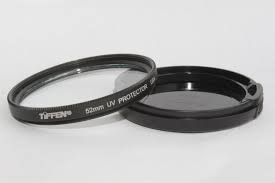
However, every lens you own should always have a UV filter attached to the end. They are the best $10 insurance policy you can provide for those expensive lenses. They protect the delicate lens glass from scratches, dust and even impact shattering. T
he inexpensive filters have saved several of my lenses already, when after a small impact the filter shattered instead of the lens glass.
Polarizer Filter
If you enjoy shooting water scapes, sunsets or other sky/water involved scenes, a circular polarizer is essential. These look like UV filters, and attach the same way, but are much darker in color, usually a deeper blue. They work like a really cool pair of sunglasses for your lens and take the effect of a UV filter much farther.
Millions of dust particles in the air are constantly reflecting the sunlight and causes your eyes (and your camera) to see the light reflected back, and not the true, deep colors or the sky. The same is true with light reflecting off of water particles.
A circular polarizer eliminates the reflections and allows your camera to record the true blues, greens and purples of the sky or ocean. It also eliminates the harsh rays reflecting back from the sand.
Keep in mind, because the filter is very dark, it will change your exposure settings. You will need to set your exposure to let in more light. So if you were able to shooting with a high shutter speed without the polarizer, you will need to set your shutter speed lower with one.
You should rarely, if ever, use them indoors or at night. Polarizers are also used, when set at the correct angle, to record full rainbows without losing part of the image to reflections from the sky and other water particles.
Whether you’re specialty is in landscape photography, street or studio photography, make sure you have these camera bag essentials. That perfect moment can happen at any time, and you want to be ready to capture it.
2Bridges Productions Copyright © 2017. Address: 25 Monroe St, New York, NY 10002. Phone: 516-659-7074 – All Rights Reserved.
We are a participant in the Amazon Services LLC Associates Program, an affiliate advertising program designed to provide a means for us to earn fees by linking to Amazon.com and affiliated sites.

